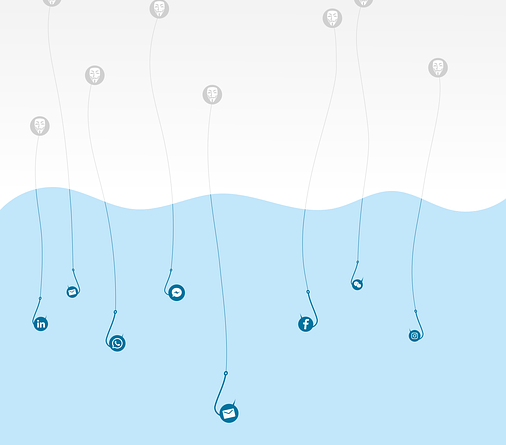
Safe Email Practices: How to Identify and Avoid Phishing Emails
Are you tired of swimming in a sea of suspicious emails, constantly on the lookout for phishing attempts? Well, fear not, because this article is here to be your guiding lighthouse in the stormy waters of cyber threats.
In this digital age, it’s crucial to understand how to identify and avoid phishing emails, those cunning messages designed to deceive and steal your personal information. By arming yourself with knowledge and implementing safe email practices, you can navigate through the treacherous world of phishing with confidence.
From recognizing common phishing techniques to examining email headers and domains, we will equip you with the tools to stay one step ahead of cybercriminals.

So, get ready to dive in and discover the secrets to protecting yourself and your sensitive data. With our guidance, you’ll be able to surf the web with peace of mind, knowing that you have the skills to spot and avoid phishing emails.
Introduction
Are you tired of falling for phishing scams and putting your personal information at risk? Let’s dive into the world of safe email practices and learn how to identify and avoid those sneaky phishing emails!
Safe email practices are crucial in today’s digital age, where cybercriminals are constantly finding new ways to trick unsuspecting victims. By understanding the techniques used by these scammers, you can protect yourself and your sensitive information.
One of the key indicators of a phishing email is the presence of suspicious attachments or links. These can contain malware or lead you to fake websites designed to steal your personal data. It’s important to always verify the sender’s email address and be cautious of emails that request sensitive information or urge you to act immediately.

By following these safe email practices, you can minimize the risk of falling victim to phishing attacks and ensure your email security.
Understanding Phishing Emails
In this discussion, you will learn about the definition and characteristics of phishing. Phishing refers to the fraudulent practice of sending emails that appear to be from reputable sources in order to deceive individuals into revealing sensitive information. These emails often look legitimate but are designed to trick you into providing personal or financial information.
Understanding how phishing emails work is crucial in protecting yourself from falling victim to phishing scams. These emails are crafted to appear as if they are from trustworthy sources, such as banks, online retailers, or government agencies. They often use social engineering techniques to create a sense of urgency or fear, which can make you more likely to respond without thinking.
The goals of phishing attacks vary, but they usually involve obtaining sensitive information, such as login credentials, credit card numbers, or social security numbers. Once the attacker has this information, they can use it for various malicious purposes, such as identity theft, financial fraud, or unauthorized access to your accounts.

The impacts of falling victim to a phishing attack can be severe. You may experience financial loss, compromised personal information, or damage to your online reputation. Phishing attacks can also lead to further security breaches, as attackers may use the information they gather to target other individuals or organizations.
By understanding the tactics used in phishing emails and being vigilant about verifying the legitimacy of any requests for personal or financial information, you can greatly reduce your risk of falling victim to these scams.
Definition and Characteristics of Phishing
Phishing is a type of cyber attack where scammers impersonate legitimate organizations to trick you into revealing personal information or downloading malware. They use email spoofing techniques to make the email look like it’s coming from a trusted source. Watch out for emails that appear to be from familiar companies or institutions, but have suspicious links or attachments; these are signs of phishing attempts. If you examine the email headers carefully, you may find inconsistencies or unusual details that indicate it’s a phishing attempt. It’s crucial to report phishing emails to your email provider or the organization being impersonated. Remember, never click on suspicious links or download attachments from unknown sources, as they might infect your device with malware and compromise your personal information. Stay vigilant and keep your online presence secure.
How Phishing Emails Work
Take caution when opening emails that seem to be from familiar companies or institutions, as scammers often employ sophisticated techniques to deceive you into revealing personal information or downloading malicious software.

Phishing emails work by imitating legitimate emails, using tactics such as spoofing the sender’s address or using logos and language that closely resemble those of reputable organizations. These emails may contain links that lead to fake websites, where scammers can collect your login credentials or credit card information.
They can also include attachments that contain malware, which can infect your computer or network. To protect yourself, make sure to use spam filters and email encryption to reduce the chances of receiving phishing emails. Additionally, enable two-factor authentication whenever possible to add an extra layer of security.
Be cautious of suspicious email domains and always double-check the email sender’s address before interacting with the email. By staying vigilant and following safe email practices, you can avoid falling victim to phishing scams and protect your personal information.
Goals and Impacts of Phishing Attacks
Be cautious, as you never know when a phishing attack might strike, aiming to steal your personal information and wreak havoc on your digital life.
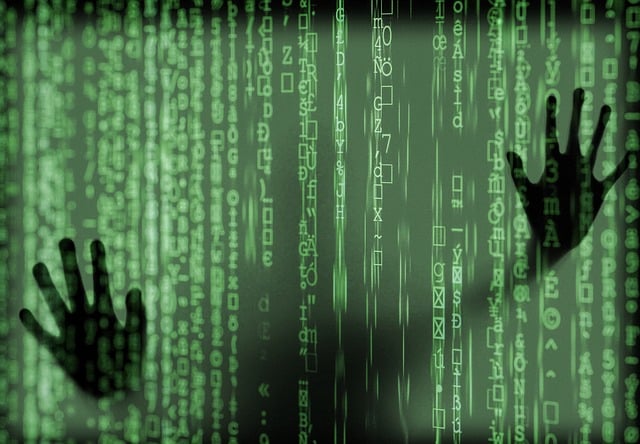
Phishing attacks have specific goals and severe impacts. The main goal is to steal personal information, such as login credentials, credit card details, or social security numbers. With this information, attackers can commit identity theft or financial fraud.
Another goal is to spread malware or ransomware, infecting your devices and potentially locking you out of your own files until a ransom is paid.
These attacks can have devastating impacts, including financial loss, compromised online accounts, and even reputational damage.
To protect yourself, be sure to enable two-factor authentication whenever possible and regularly update and run security software to detect and prevent phishing attacks.

Recognizing Common Phishing Techniques
In this discussion, you’ll learn about common phishing techniques to watch out for.
One technique is email spoofing and sender impersonation. Scammers make their emails appear as if they’re coming from a trusted source.
Another technique is the use of urgent or threatening language. This manipulates you into taking immediate action without thinking.
Additionally, scammers often make requests for personal information. They may include suspicious attachments and links that compromise your security.

Remember to be on the lookout for poor grammar and spelling errors. These can be red flags for phishing attempts.
Email Spoofing and Sender Impersonation
Email spoofing is a technique used by hackers to make an email appear as if it came from someone else. They manipulate the email header information, such as the ‘From’ field, to deceive the recipient. This can lead to various malicious activities, such as phishing scams or spreading malware.
To protect yourself from email spoofing and sender impersonation, there are a few things you can do. Firstly, always double-check the email address and domain of the sender. Look for any misspellings or unusual characters.
Secondly, be cautious of emails asking for personal information or urging immediate action. Legitimate companies rarely ask for sensitive information via email.

Lastly, consider using email authentication technologies like SPF, DKIM, and DMARC, which help verify the authenticity of the sender.
By being vigilant and following these practices, you can avoid falling victim to email spoofing attempts.
Urgent or Threatening Language
Beware of urgent or threatening language in emails as it may indicate a potential scam or malicious intent. Scammers often use fear tactics to manipulate you into taking immediate action without thinking. They may claim that your account has been compromised, that you owe a large sum of money, or that legal action will be taken against you if you don’t respond quickly.
Remember, legitimate organizations rarely use threatening or urgent language in their emails. If you receive an email that raises suspicion, take a moment to analyze it closely. Check for spelling or grammatical errors, inconsistent formatting, or suspicious email addresses. Don’t click on any links or download any attachments without verifying the sender’s identity.

It’s always better to be safe than sorry when it comes to protecting your personal information.
Requests for Personal Information
Now that you understand the importance of being cautious with urgent or threatening language in emails, let’s move on to another crucial aspect of safe email practices: identifying requests for personal information.
Remember, scammers often try to trick you into revealing sensitive details by posing as trustworthy sources. Be vigilant when you receive emails asking for your personal information, such as your social security number, bank account details, or passwords. Legitimate organizations will rarely ask for this information via email.
If you’re unsure about the authenticity of an email, don’t click on any links or provide any personal information. Instead, directly contact the organization through a verified method to verify the request.

By staying alert and cautious, you can avoid falling victim to phishing emails and protect your personal information from falling into the wrong hands.
Suspicious Attachments and Links
Caution! Be on the lookout for sketchy attachments and links that could potentially compromise your personal information and leave you vulnerable to cyber attacks.
When you receive an email with an attachment or a link, exercise caution before clicking or downloading anything. Phishing emails often contain attachments that appear harmless, but they may contain viruses or malware designed to steal your sensitive data.
Similarly, suspicious links can redirect you to fraudulent websites that mimic legitimate ones, tricking you into entering your login credentials.

To stay safe, avoid clicking on links or downloading attachments from unknown or untrusted sources. Always verify the legitimacy of the email and its sender before taking any action.
Be proactive in protecting yourself and your personal information from phishing attempts.
Poor Grammar and Spelling Errors
One interesting statistic is that approximately 95% of phishing emails contain poor grammar and spelling errors. These mistakes can be a warning sign for recipients.
These errors are often intentional, as scammers may not be native English speakers or may use automated translation tools. By using incorrect grammar or misspelled words, they hope to deceive unsuspecting individuals into believing the email is genuine.

So, if you come across an email with obvious grammar or spelling errors, it’s essential to proceed with caution. Remember, legitimate organizations usually have professional communication standards and would not make such basic mistakes.
Take the time to carefully read through the email and double-check for any signs of poor grammar or spelling errors. Stay vigilant and protect yourself from falling victim to phishing attempts.
Examining Email Headers and Domains
To better protect yourself from phishing emails, it’s important to know how to examine email headers and domains.
By accessing email header information, you can gather valuable details about the email’s origin and path. This can help you determine if an email is suspicious or not.
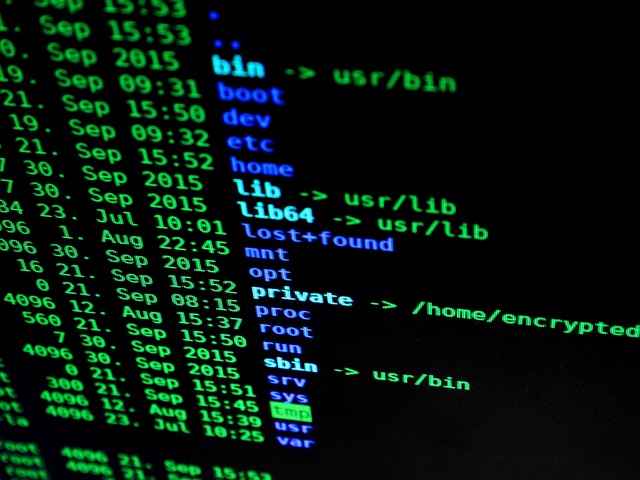
Additionally, by learning how to identify suspicious domains, you can quickly spot phishing attempts and avoid falling victim to them.
Accessing Email Header Information
When accessing email header information, you can easily identify the source of the email and determine if it is trustworthy or potentially a phishing attempt. Email headers contain valuable information about the path the email took and the servers it passed through before reaching your inbox.
To access the header information, open the email and look for an option to view the full headers. Once you have access to the headers, you can examine the ‘From’ field to see if the email address matches the sender’s name. Additionally, you can check the ‘Received’ field to see the IP addresses of the servers the email passed through.
If any of this information seems suspicious or unfamiliar, it is a warning sign that the email may be a phishing attempt. By accessing email header information, you can protect yourself from falling victim to phishing scams.

Identifying Suspicious Domains
Beware of suspicious domains that could deceive and harm you. When it comes to identifying phishing emails, recognizing suspicious domains is crucial.
Phishers often create fake websites that mimic legitimate ones, using misspellings or variations of the original domain name. They do this to trick you into thinking you are interacting with a trusted source.
To avoid falling victim to their schemes, pay close attention to the domain name in the email. Look for any subtle differences or irregularities, such as extra characters or different top-level domains. For example, if you receive an email from ‘amazonn.com’ instead of ‘amazon.com,’ it is likely a phishing attempt.
Always double-check the domain before clicking on any links or providing personal information. By staying vigilant and cautious, you can protect yourself from phishing attacks.

Tips for Identifying and Avoiding Phishing Emails
When it comes to identifying and avoiding phishing emails, there are several key points to keep in mind.
First, always check the sender’s email address to ensure it is legitimate and not a spoofed address.
Second, hover over links in emails to reveal the actual URL before clicking on them, as phishing emails often use deceptive links.
Lastly, exercise caution with email attachments and avoid opening any that you weren’t expecting or that seem suspicious.
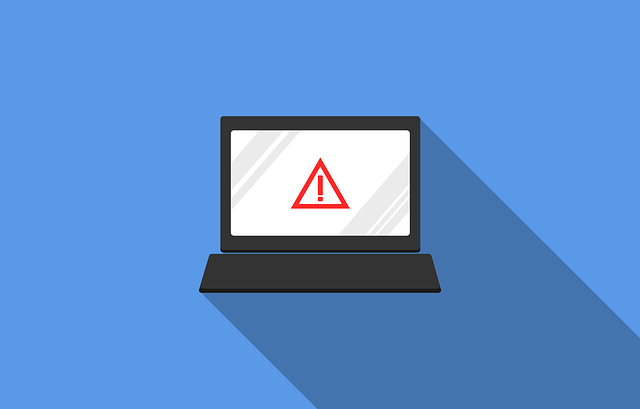
It’s also important to be wary of urgent requests and time pressure tactics, as well as to avoid sharing sensitive information via email.
Check the Sender’s Email Address
When it comes to checking the sender’s email address, it’s crucial to always double-check before opening any suspicious emails. You never know who might be trying to trick you! Phishing emails often use clever tactics to make their emails appear legitimate. For instance, they may use a similar domain name or a display name that looks official. However, taking a closer look at the actual email address can help you spot irregularities.
One red flag to watch out for is if the domain name is misspelled or slightly different from the real company’s domain. This could indicate an attempt to deceive you. Another warning sign is if the email address is a random combination of numbers and letters, rather than a recognizable name. By being cautious and verifying the sender’s email address, you can avoid falling victim to phishing scams and protect your personal information.
Hover over Links to Reveal the Actual URL
Now that you’ve learned to check the sender’s email address, let’s take it a step further. When you receive an email with a link, don’t click on it right away. Instead, hover your mouse over the link to reveal the actual URL.
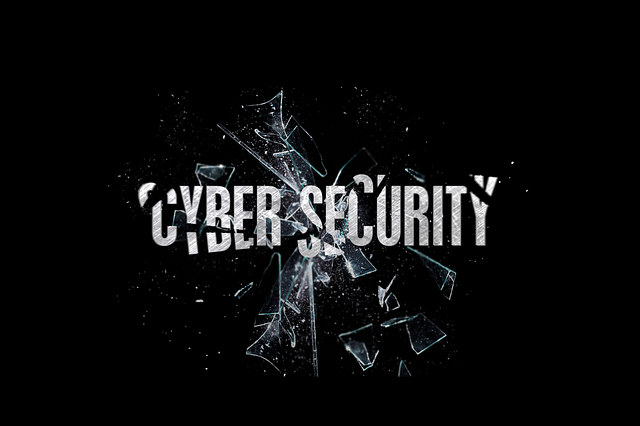
This simple action can save you from falling into a phishing trap. Phishers often disguise their malicious links by using hyperlinked text that appears legitimate. By hovering over the link, you can see the true destination. If the URL looks suspicious or doesn’t match the sender’s email, it’s a clear red flag.
Remember, scammers are skilled at creating realistic emails, so always be cautious. Taking a moment to hover over links will give you a better understanding of where they actually lead and help you avoid potential harm.
Stay vigilant!
Exercise Caution with Attachments
Exercise caution when opening email attachments. They can potentially contain harmful viruses that could wreak havoc on your computer. Even if the email appears to be from someone you know, it’s important to double-check before opening any attachments. Look for red flags such as misspellings, generic greetings, or suspicious file names.
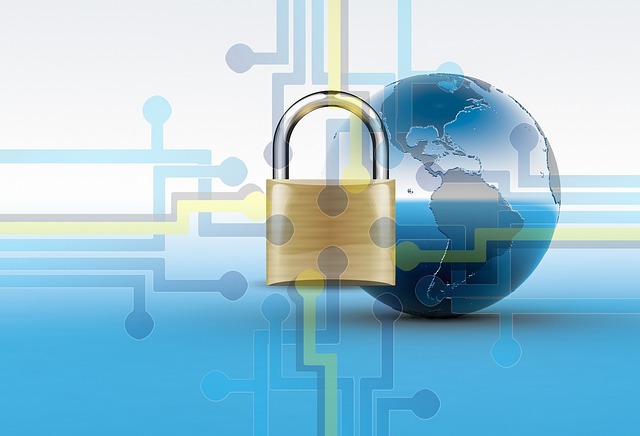
If you’re unsure about the authenticity of an attachment, it’s best to err on the side of caution and avoid opening it. Instead, reach out to the sender through a separate communication channel to confirm if they indeed sent the attachment.
Additionally, make sure to keep your antivirus software up to date. It can help detect and prevent potential threats from malicious attachments. Your computer’s security should always be a top priority, so exercise caution and stay vigilant when dealing with email attachments.
Be Wary of Urgent Requests and Time Pressure
Be cautious and skeptical when you receive urgent requests or emails that put pressure on you to act quickly. Phishing attackers often use urgency and time pressure tactics to trick you into making hasty decisions. They may claim that your account is in danger, or that you need to provide personal information immediately to avoid consequences.
Remember, legitimate organizations will never ask you to provide sensitive information through email. If you receive an email that seems urgent, take a moment to pause and think before taking any action. Check for red flags such as poor grammar or spelling mistakes, unfamiliar sender email addresses, or suspicious links.

It’s always better to be safe than sorry, so don’t let urgency cloud your judgment when it comes to email safety.
Avoid Sharing Sensitive Information via Email
Guard your personal information like a treasured secret, never revealing it through the vulnerable medium of electronic mail. Sharing sensitive information via email puts you at risk of falling victim to phishing attacks and identity theft.
Cybercriminals often pose as trustworthy entities to trick you into providing personal details such as passwords, Social Security numbers, or financial information. They may use sophisticated tactics like creating fake websites or emails that mimic legitimate institutions.
To avoid this, never share sensitive information, such as login credentials or credit card details, via email. Instead, use secure methods such as encrypted messaging apps or secure file sharing platforms when necessary.
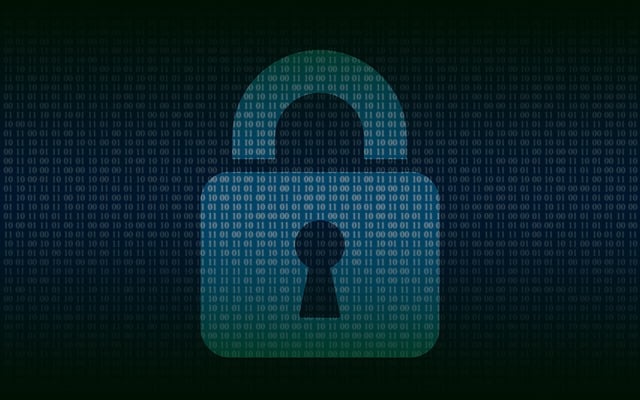
Remember, it’s always better to be cautious and protect your personal information than to become a victim of cybercrime. Stay vigilant and keep your sensitive information safe.
Verify Requests through Other Channels
When you receive requests through other channels, it is important to double-check their legitimacy to protect yourself from scams or fraud. Phishing emails often pose as legitimate organizations or individuals, so it is crucial to verify the request. Avoid relying solely on the email itself and instead use other trusted channels. You can call the organization directly or visit their official website to confirm the request. Look for contact information that you already have, rather than using the details provided in the suspicious email. By doing this, you can determine if the request is genuine or if it’s a phishing attempt. Remember to stay vigilant and verify any requests before sharing sensitive information or taking any action to protect yourself from falling victim to phishing scams.
Using Email Security Features and Tools
In order to enhance your email security, you can make use of several important features and tools.
Firstly, spam filters and email filtering can help prevent unwanted and potentially malicious emails from reaching your inbox.

Secondly, enabling two-factor authentication (2FA) adds an extra layer of protection by requiring a second form of verification when logging into your email account.
Lastly, email encryption is crucial for safeguarding sensitive information, ensuring that only the intended recipient can access and read the content of your emails.
Spam Filters and Email Filtering
Spam filters and email filtering are important tools that help protect you from potential phishing attempts. Did you know that these tools can identify and block suspicious emails before they even reach your inbox?
Spam filters are designed to automatically detect and divert unwanted or unsolicited emails to a separate folder. This helps keep your inbox clean from clutter. These filters use various criteria, such as sender reputation, content analysis, and user-defined settings, to determine if an email is spam or not.

On the other hand, email filtering allows you to set up rules and criteria to sort incoming emails based on specific parameters. By setting up filters, you can automatically categorize emails, prioritize certain senders, or even block emails containing certain keywords.
Understanding and utilizing these features can significantly reduce the risk of falling victim to phishing attacks and keep your inbox free from malicious emails.
Two-Factor Authentication (2FA)
Now that you know how spam filters and email filters can help protect you from phishing emails, let’s take a closer look at another powerful tool: Two-Factor Authentication (2FA).
With 2FA, you add an extra layer of security to your email account. It works by requiring you to provide an additional piece of information, usually a unique code, in addition to your password when logging in. This code is usually sent to your mobile device.

By implementing 2FA, you greatly reduce the risk of unauthorized access to your email account, even if someone manages to obtain your password. It adds an extra barrier that makes it much harder for attackers to breach your account.
So, make sure to enable 2FA on your email accounts and stay one step ahead of potential phishing attempts.
Email Encryption for Sensitive Information
Email encryption is a fantastic way to keep your sensitive information secure and private. It ensures that only the intended recipient can access the content of your email, preventing unauthorized individuals from intercepting and reading your messages.
By encrypting your emails, you add an extra layer of protection, making it virtually impossible for hackers or cybercriminals to decipher your data. This is especially important when sending sensitive information such as financial details or personal identification numbers.

Encryption works by converting your plain text email into a code that can only be decrypted with a unique key. Many email providers and software offer built-in encryption features, or you can use third-party encryption tools.
By taking advantage of email encryption, you can have peace of mind knowing that your sensitive information is secure.
Reporting and Dealing with Phishing Emails
To effectively deal with phishing emails, it’s important to report them to the relevant authorities. This helps in preventing others from falling victim to the scam.
Additionally, notifying the legitimate sender about the phishing attempt ensures they are aware of the situation and can take necessary action.
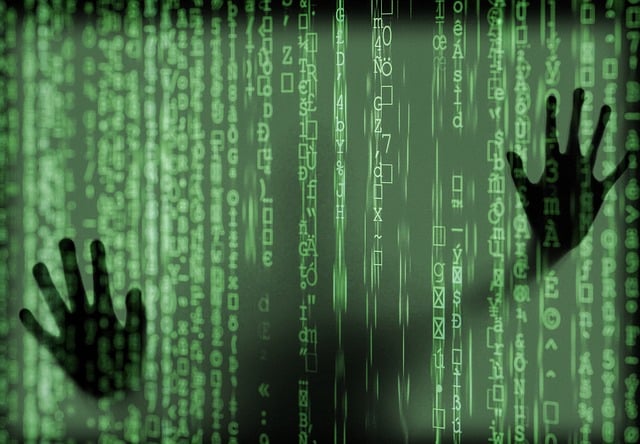
Lastly, it is crucial to delete and block phishing emails to avoid any further interaction with the scammer and to protect yourself from potential harm.
Reporting Phishing Emails to Authorities
Beware of the treacherous sea of phishing emails and become a vigilant protector by reporting any suspicious ones to authorities. When you come across a phishing email, it is crucial to take immediate action.
First, do not click on any links or download any attachments within the email. Instead, report the phishing attempt to the appropriate authorities. Most email providers have a feature that allows you to report phishing emails directly from your inbox.
Additionally, you can forward the suspicious email to the Anti-Phishing Working Group at [email protected]. Remember to include the full email headers for a more effective investigation.

By reporting phishing emails, you are not only protecting yourself, but also helping to prevent others from falling victim to these scams. Stay alert and report any suspicious activity to keep the online community safe.
Notifying the Legitimate Sender
Make sure you promptly notify the sender you know and trust if you come across a suspicious email, as it can help prevent further damage or potential security breaches. By notifying the legitimate sender, you can alert them to the fact that their email account may have been compromised or that someone is impersonating them. This allows them to take immediate action to secure their account and warn others who may have received similar phishing emails.
It is important to provide specific details about the suspicious email, such as the subject line, sender’s email address, and any suspicious links or attachments. Additionally, you should advise the sender to change their email password and enable two-factor authentication for added security.
Remember, notifying the legitimate sender is an essential step in combating phishing attacks and protecting both yourself and others from falling victim to scams.

Deleting and Blocking Phishing Emails
Deleting and blocking phishing emails is an essential step in protecting yourself from cyber threats. When you come across a suspicious email, delete it right away. Avoid opening attachments or clicking on any links within the email, as they could contain harmful software that compromises your computer’s security.
After deleting the email, take the additional precaution of blocking the sender. Many email providers offer options to block specific email addresses or domains. By doing this, you prevent future phishing attempts from reaching your inbox.
These proactive measures help ensure that you don’t become a victim of phishing scams and that your personal information remains safe. Stay vigilant and maintain a strong virtual force field.
Educating and Training Employees
In order to protect your workplace from phishing attacks, it’s crucial to educate and train your employees on phishing awareness.

This can be done through workplace training sessions that highlight the signs of a phishing email and how to respond to them.
Simulated phishing exercises can also be conducted to test your employees’ knowledge and provide hands-on experience in identifying and avoiding phishing emails.
By implementing best practices for employees, such as regularly updating passwords and not clicking on suspicious links, you can significantly reduce the risk of falling victim to phishing attacks.
Workplace Training on Phishing Awareness
Improve your workplace security by participating in engaging and interactive training sessions that teach you how to spot and avoid phishing emails. These training sessions are designed to raise awareness about the various tactics used by cybercriminals to deceive you through email.

By attending these sessions, you will learn how to identify common signs of phishing emails, such as spelling and grammatical errors, suspicious attachments or links, and requests for personal or financial information. Additionally, you will be taught how to verify the legitimacy of emails by double-checking the sender’s address and contacting the supposed sender through a separate channel.
These training sessions will also provide you with practical tips on how to report suspicious emails and protect sensitive information. Stay one step ahead of cyber threats by actively participating in workplace training on phishing awareness.
Simulated Phishing Exercises
Participating in simulated phishing exercises can be an eye-opening experience. Studies have shown that employees who fall for simulated phishing attacks are 3 times more likely to also fall for real ones.
These exercises involve sending fake phishing emails to employees to test their ability to identify and avoid potential threats. By experiencing these simulated attacks, employees can learn to recognize phishing red flags, such as suspicious email addresses, grammatical errors, and urgent requests for personal information.

The exercises also provide an opportunity for employees to practice safe email practices. This includes not clicking on suspicious links or downloading attachments from unknown sources.
In addition to raising awareness about phishing, simulated phishing exercises help organizations identify areas where additional training or security measures may be needed.
Best Practices for Employees
Mastering best practices for online security is crucial for protecting both personal information and the sensitive data of organizations. As an employee, there are several steps you can take to ensure you practice safe email habits and avoid phishing scams.
First, always double-check the sender’s email address and verify its legitimacy before clicking on any links or attachments. Be wary of emails that create a sense of urgency or ask for personal or sensitive information.

Avoid clicking on suspicious links or downloading files from unknown sources. It is important to keep your email software and antivirus programs up to date to protect against potential vulnerabilities.
Lastly, be cautious of emails that ask you to log in or provide login information. Always access your accounts through official websites or apps to avoid falling victim to phishing attempts.
Ongoing Vigilance and Awareness
To maintain ongoing vigilance and awareness in protecting yourself and your organization from phishing attacks, there are three key points to consider.
First, regularly update your security software to ensure it is equipped to detect and prevent new phishing techniques.

Second, stay informed about the latest phishing techniques by keeping up to date with news and industry reports.
Finally, share information and tips with others to help create a network of awareness and support in combating phishing attacks.
By following these practices, you can help safeguard against the ever-evolving threat of phishing.
Regularly Updating Security Software
Updating your security software regularly can significantly reduce the risk of falling victim to a phishing attack. Studies have shown that businesses that update their security software within 48 hours of a new update release are 80% less likely to experience a successful phishing attempt.
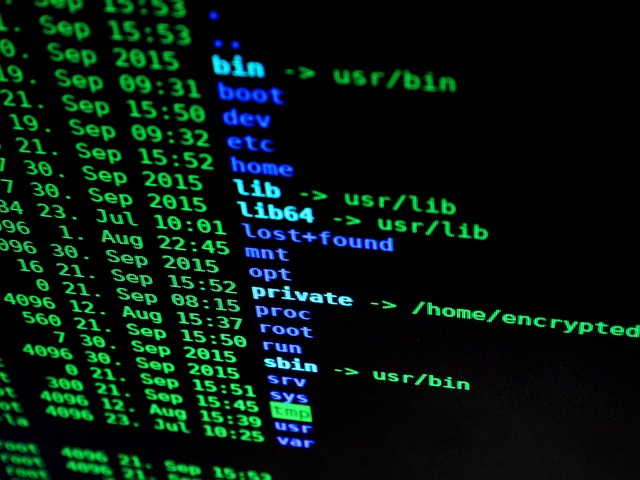
Phishing attacks are constantly evolving, and hackers are finding new ways to bypass security measures. By keeping your security software up to date, you ensure that you have the latest defenses against these evolving threats.
New updates often include patches for vulnerabilities that could be exploited by phishing scams. Additionally, updating your security software regularly ensures that you have the latest features and improvements that can help identify and block phishing emails.
Make it a habit to check for updates and install them as soon as they become available to stay protected against phishing attacks.
Staying Informed about Latest Phishing Techniques
Staying informed about the latest phishing techniques equips you with the knowledge needed to outsmart cybercriminals and protect your sensitive information.

Phishing attacks are constantly evolving, so it’s important to stay updated on the latest tactics used by hackers. Cybercriminals are always finding new ways to trick unsuspecting individuals into divulging personal information or clicking on malicious links.
By staying informed, you can learn about the different types of phishing emails, such as spear phishing or pharming, and how to recognize their red flags. Additionally, you’ll be aware of the latest trends in phishing, such as fake COVID-19 vaccine appointment emails or fake charity donation requests.
Regularly reading up on the latest phishing techniques will help you stay one step ahead of cybercriminals and keep your email account safe.
Sharing Information and Tips with Others
Sharing information and tips with others is like spreading a powerful shield against cybercriminals. By educating those around you about safe email practices and how to identify phishing emails, you empower them to protect themselves. Encourage friends, family, and colleagues to be vigilant when opening emails or clicking suspicious links. Remind them to double-check email addresses and never share sensitive information through email. Advise regular antivirus updates and caution with urgent emails. By sharing knowledge, we create a safer online environment.

Conclusion
In conclusion, it is important to stay vigilant and protect ourselves from phishing emails. We can do this by practicing safe email habits. It is crucial to be cautious when sharing personal information online and to avoid clicking on suspicious links or opening attachments from unknown senders. Double-checking the email address of the sender is also necessary, as phishing emails often use deceptive tactics to appear legitimate. Furthermore, we should be wary of urgent or threatening language in emails, as scammers commonly employ this tactic. Enabling two-factor authentication and regularly updating our email password can provide added security. Additionally, it is essential to educate our friends and family about safe email practices to help them avoid falling victim to phishing scams. By staying alert and following these tips, we can minimize the risk of falling for phishing emails and protect our personal information.
So there you have it, my friend. By now, you should be well-equipped to navigate the treacherous waters of phishing emails.
Remember, knowledge is power, and understanding the common techniques used by cybercriminals is your greatest defense.
Stay vigilant, always examine email headers and domains, and report any suspicious activity.
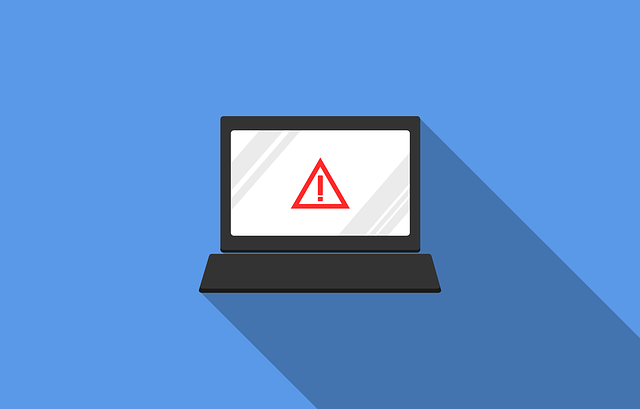
With ongoing education and training, you can ensure your safety and protect yourself from falling victim to these scams.
Trust your instincts, my friend, and never let your guard down.
Stay safe and keep those phishing emails at bay!
You might also like to read on these cybersecurity articles on Get Hitch
Cybersecurity for Remote Workers: Ensuring Data Security from Anywhere
Wi-Fi Security: Tips for Securely Connecting to Public Networks





